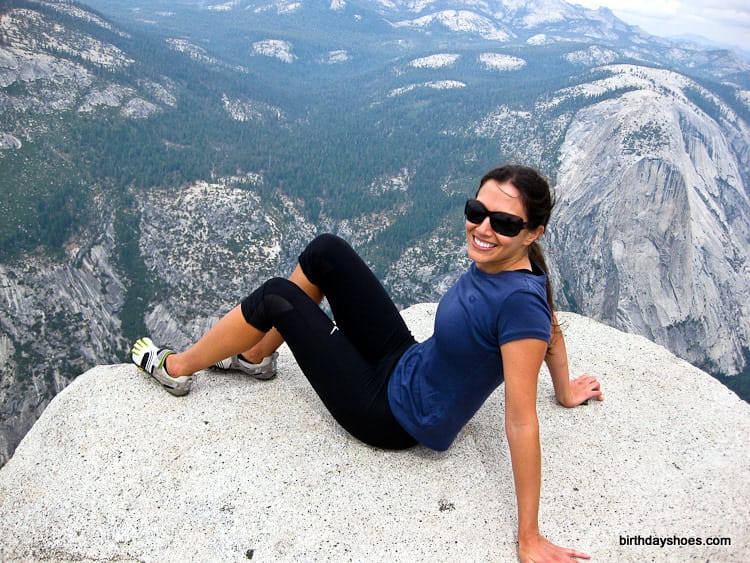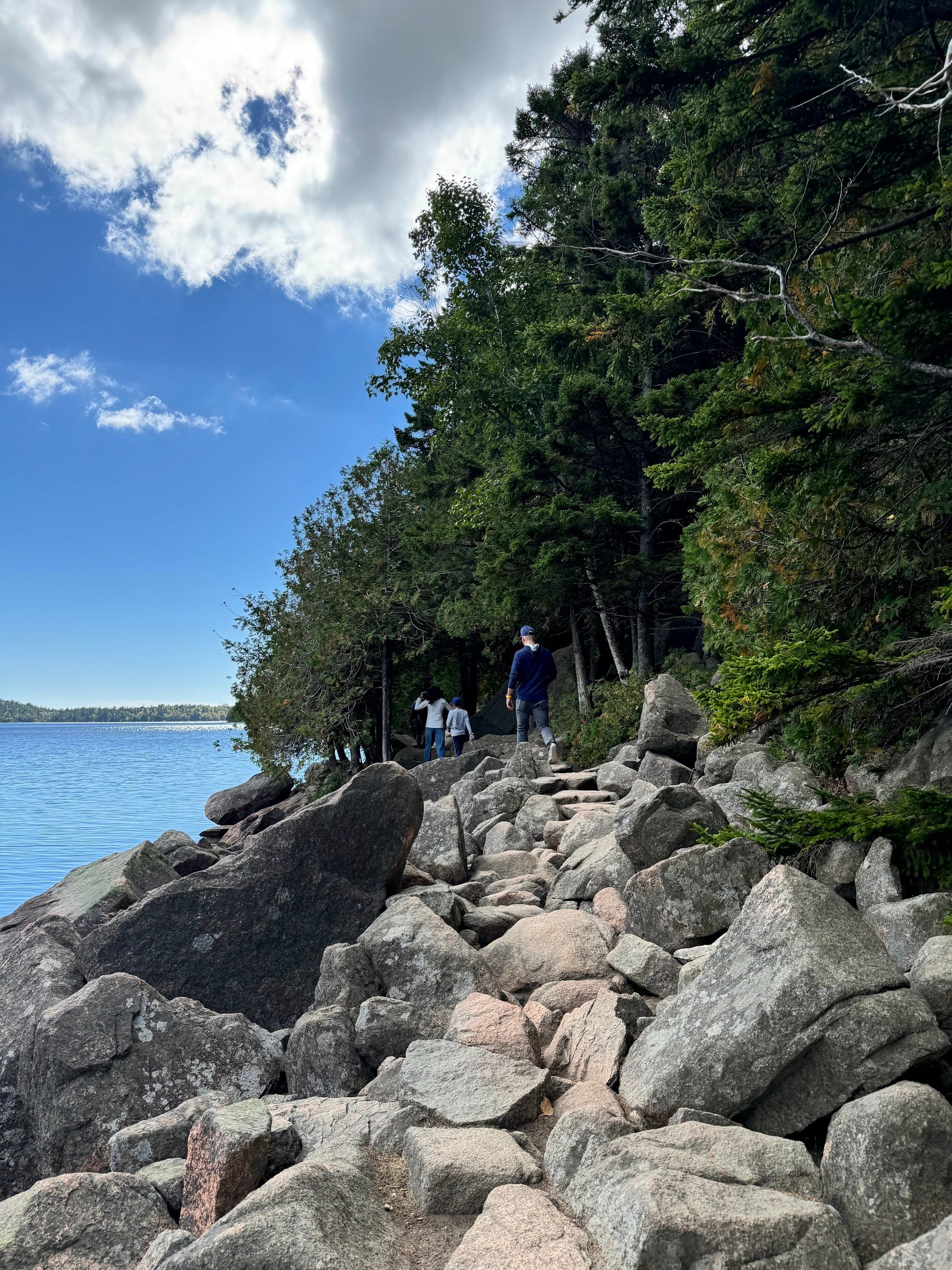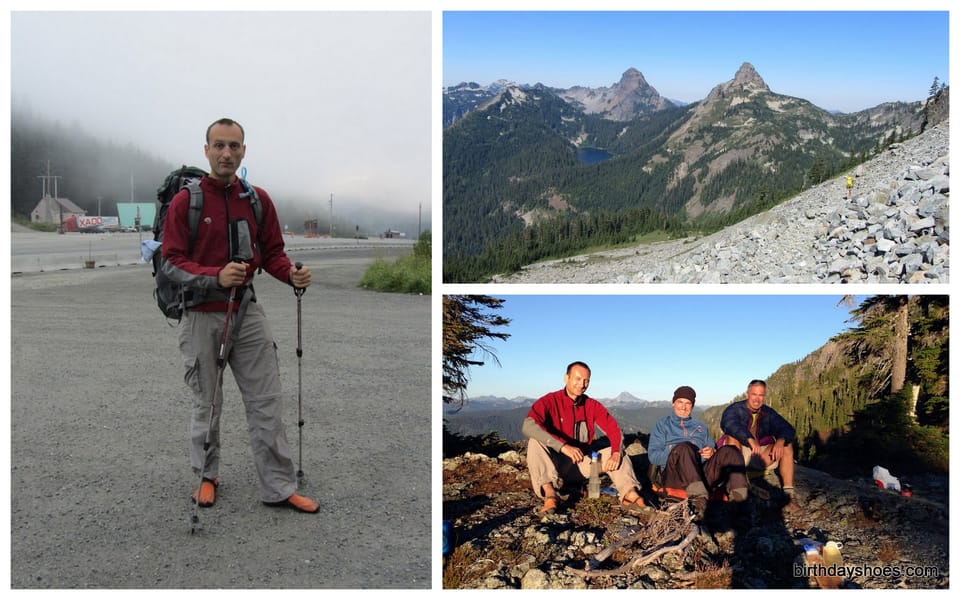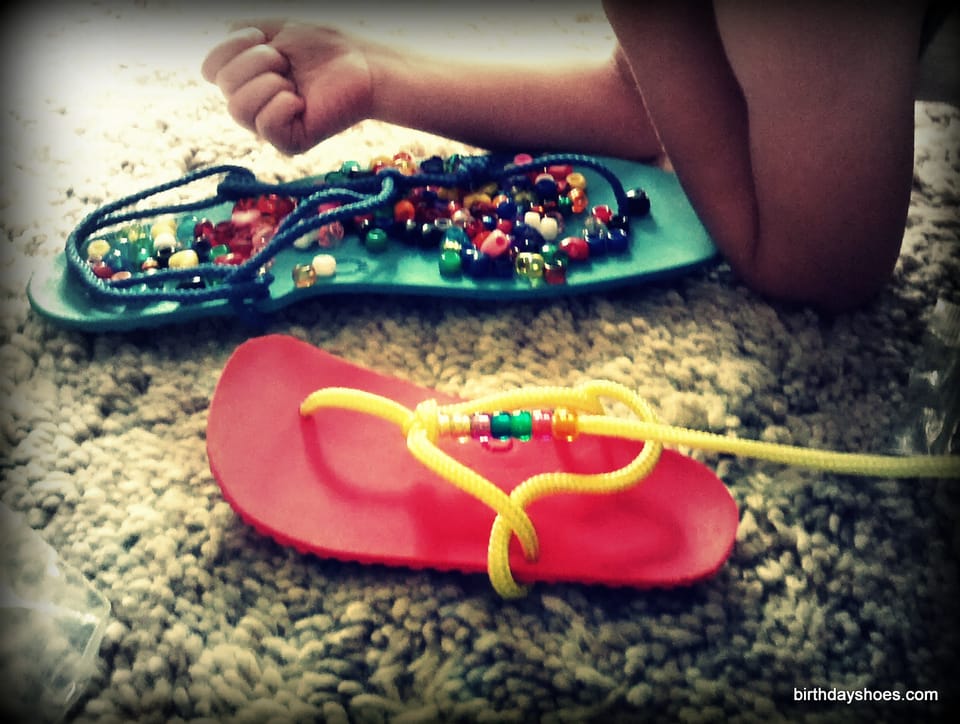Running the Zion 100 Mile Ultramarathon — My First 100 Miler
Why would you want to run that? The first step to any adventure is even knowing that the adventure exists. I first intersected this world of endurance running while I was hiking Handies Peak in July 2007 with my parents and fiancé. There were little fl…
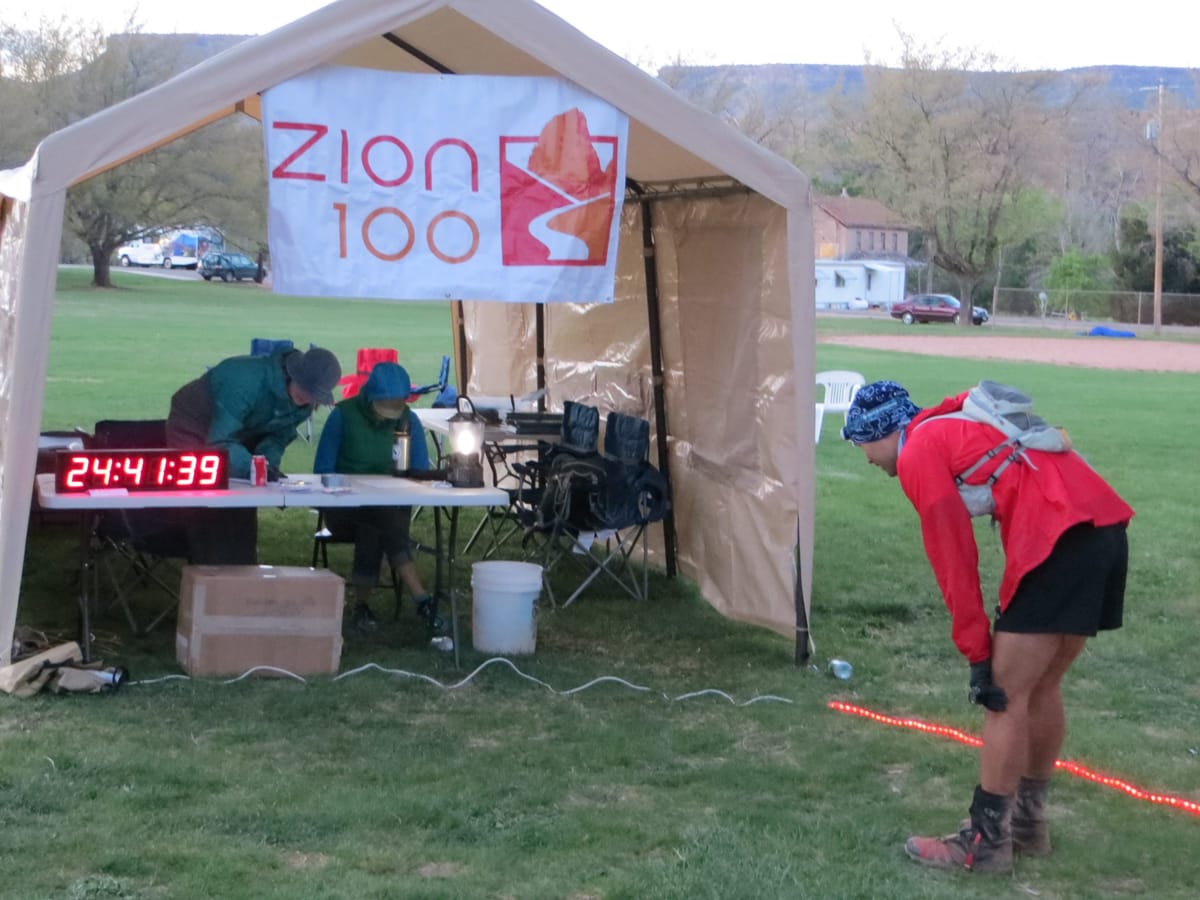
Why would you want to run that?
The first step to any adventure is even knowing that the adventure exists. I first intersected this world of endurance running while I was hiking Handies Peak in July 2007 with my parents and fiancé. There were little flags along the trail that said Hardrock 100. I probably thought it was a bike race, but then we met a grey hair and his son as they came "running" up the other side of the summit. The man explained that he would be running Hardrock, that his son was pacing him, and he would be on the trail for about 48 hours. At the time, even the concept of adults running for enjoyment was foreign to me. That encounter planted a seed, but it wasn't until moving to Huntsville that the idea began to grow.
The runners of Huntsville opened a whole new world of potential adventures. I saw that real people (Ex: Rob Youngren) participate in amazing events, all kinds of people. You don't have to be fast, eat the perfect diet, or live in the mountains. You just have to want it. It doesn't matter why you want it, just that you want it so much that success is the only option.
After unexpectedly gaining entrance from the wait list and having a great run at the Lookout Mountain 50 Mile race in December 2012, I decided it was time to commit to the Zion 100. When I finished Lookout Mountain, my feet were shredded, my quads were dead, and I was on the verge of crying tears of exhaustion. A week after that, I committed to running the Zion 100.



How do you prepare for running that far?
Training for this began before I even knew. Every run, whether good or bad, builds experience and confidence in your abilities. I feel like there are limits to which our bodies can be trained and beyond that the mind has to take over. Experience and confidence become a key factor in this type of race.
My training began by identifying my doubts. Huntsville is basically flat. I doubted my ability to climb. Half the distance had destroyed my feet, and now I doubted them. Only twice have I gone beyond 50km, so I doubted my distance ability as well. The first 15 miles of Lookout Mountain were downhill and it killed my quads, so I knew I needed some downhill improvement as well.
I designed my training to address my weakness. To regain confidence in my feet and shoes, I ordered so many trail shoes from Running Warehouse that Brandi was sick of seeing boxes. I planned three runs of 40+ miles to help gain confidence going the distance. For two of those runs, I went back to Lookout Mountain and ran repeats to gain confidence in climbing and strength in descending. Each repeat was a figure-eight with 3 miles up and 4 miles down and 1700ft of elevation. Each run was tailored to build mental strength in addition to physical. I test my gear, my nutritional plan, and my tolerance to time alone with my own mind.
How should you train for a 100 miler? Ask yourself why you can't do it. If you fix those issues then what else can stop you?
What shoes did you wear?
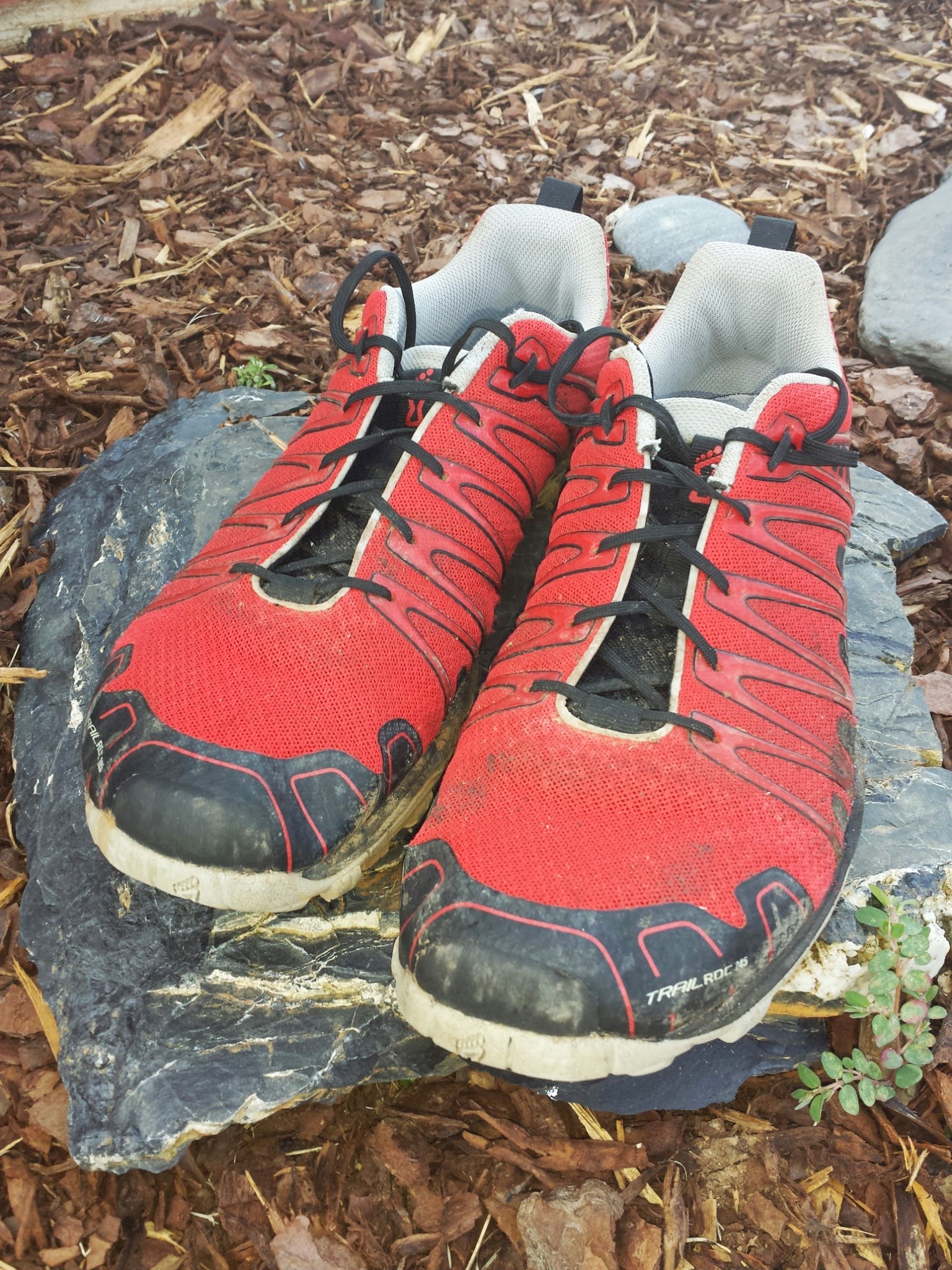
I like a minimal shoe, but protection becomes an issue over long distances on rocky trails. My go-to trail shoe until the Lookout Mountain 50 was the Inov8 X-Talon 212. However, experience told me that my feet wouldn't survive 100 miles in them. So I went through a shoe testing process that is worth another post to describe. Eventually, I decided on the Inov8 TrailRoc 245. Keep an eye out for another article about my shoe selection strategy.
The Race
As we waited in the starting area, I had some doubts about my training. Should I have done some night runs to test my lighting? Did I run too little during the taper period? Did I "over do it" on the last big training run two weeks ago? I guess I'll find out soon enough. I was surprised by how many spectators were there shivering and shouting as the clock hit 6:00am and someone said "go." As we ran along highway 9 toward the bridge that would take us across the Virgin River and out into the desert, I settled into my pacing strategy and tried to keep it slow. As soon as we crossed the bridge, people began taking stops by the road. The fresh smell of sage slightly masked the more pungent emissions of post-processed morning coffee. The desert sunrise was a brief moment of orange tinted eastern sky complementing the filtered light on the red cliffs to the west.
The first 10 miles covered rolling hills along a single track skirting the canyon cut by the Virgin River. I ran along with Rattly Pack, who was anticipating the need of Ibuprofen from the sound of his pack. FiveFinger Guy left clearly identifiable prints (for some reason I lost his tracks once we hit the sharp pointy stuff, but he did finish). Gaspy Camera Girl stopped every few minutes to take a picture, allowed me to pass, and then sprinted ahead to the next picture moment. We turned away from the canyon and headed into the desert toward the first aid station. The sun was beginning to break the chill as I entered the first aid station a few minutes ahead of schedule. I dropped off my headlamp and donned my sun sleeves and hat before heading off toward the first mesa.
The next 10 miles was a mix of single track, dry washes, and ATV trails. We climbed over a low saddle and entered red and white striped badlands at the base of Gooseberry Mesa. As we worked our way around the northern slopes, the mesa point where we would make our ascent came into view. The antenna mast of the HAM radio repeater was clearly visible.
Less visible was the audience gathered on cliffside to watch as we crossed the desert floor and made the slow climb onto Gooseberry. The climb was much steeper than I imagined. Some portions must have been above a 50% grade. Nothing on Lookout Mountain, where I trained, could compare. The difficulty of the climb took its toll in time, but the training paid off, and I was still relatively fresh entering the aid station on top. After the climb, I was looking foward to a leisurely stroll around the edge of Gooseberry Mesa with panoramic views and easily runnable, flat sandstone (slickrock) paths.
I was wrong. No map or elevation profile could prepare me for the impact of slickrock. The first few miles did indeed follow the mesa rim overlooking the badlands and desert we had just crossed. The easy single track seemed to confirm my expectations, but then there was the slickrock.
Imagine running on a sidewalk with curbs to step up/down every few feet, some at odd angles. Then climbing onto a loading dock and jumping back down, or scrambling over a 10ft tall concrete Bosu ball. Keep doing that for 2 hours. There is no obvious trail on solid rock. So once you jump off the loading dock, turn in a circle to find the next white paint dot or reflective marker. Oh, before you jump off, be sure to check for a cactus. Heaven forbid you should trip and fall, you are running on the roughest sandpaper imaginable. That is a small glimpse of the energy sucking maze that formed the 10 mile loop on Gooseberry Mesa. Not that it was all bad, I was rewarded with an amazing view from the Southern point after stepping across a crevice onto an exposed rock outcrop. This section put me about 30 minutes behind schedule and ingrained me with strong distaste for slickrock.
I need to say what a great job Brandi was doing as crew. All day and night, she was in the right spot waiting patiently and greeting me with excitement. When I was having rough times, she had the right words. She was comforting, but never offered the temporary comfort of quitting. She was the perfect teammate.
Leaving Goosebump aid station at mile 31, the course followed dusty, red dirt roads and a little asphalt for the next 17ish miles. I managed to lighten my load before the next aid station, and the consistency was solid. I took that as a good sign. I was still eating well enough while running and at crew points. There was a relatively short climb around mile 42 where I met Jack the first time. I was walking the steep incline at what felt like a good pace, but he still managed to catch me. I had not really talked to anyone so far, but this guy started chatting. We talked for a bit, but he had to resolve some stomach issues, and I continued on to the aid station. I was moving well on the roads and still running most of the time. Jack caught me again as we started on the single track climb up Grafton Mesa.
This climb is steep, but not as bad as Goosebump. Jack and I made good time and were under 10 hours when we hit 50 miles near the top. We had struck up a good conversation and apparently stopped paying attention to the trail markers. The race director did a great job marking the trail, and you would have to be blind to miss a turn. So we were about a mile down a road when I said "Hey, I haven't seen a marker in a while. Do you think we missed a turn?" At this point, things could have gone a lot differently, but one faulty train of thought led to another. Jack thought maybe the course was sparsely marked here because the road was so easy to follow. I saw fresh Hoka tracks headed the same direction. I knew we were on a narrow arm of the mesa, and the aid station blocked the exit. Deciding to backtrack is a hard decision when your only goal is forward progress and every extra footstep costs you physically. My gut said we were on the wrong path, there were too few footprints, and the true course was covered with markers. Jack was having more stomach problems and headed to the bushes. I ignored my instinct and plunged ahead in search of a marker. I found a marker. The road I was on intersected the correct trail just before the next aid station. Now I was faced with an even harder decision. Do I continue on like nothing happened, or do I go back and follow the official course? I couldn't move forward and hated the thought of going back. So I sat there with Brandi. Jack didn't show up. The race director appeared, so I told him what happened. A small part of me hoped he would just say forget about it. He offered another option, but I knew what needed to be done.
Heading back down the road, I knew I needed to go all the way back to the missed turn if I wanted to feel right when I finished. There was also a nagging question about Jack, had he turned back and gone the right way? I retraced my steps to the missed turn and joined the single track of the official trail. The trail was much tougher and had some more slickrock sections, so I was now sure of my decision to backtrack. The frustration fuelled me, and I ran strong until I made it back to the aid station. When I made it back, Jack had come in also and was greatly relieved when I appeared. He headed off to the next aid station while I stopped to regroup. I was at mile 52 of the course but had covered nearly 57 and now faced a slow climb back to Goosebump and a steep descent down the mesa. Our 2 liters of ginger ale was almost gone, so I asked Brandi to skip the third Goosebump aid station, go to the convenience store and meet me at 62 (Dalton Wash). I had been eating a tortilla with honey and raisins every time I saw Brandi, but I couldn’t stomach a whole one this time.
The road section to Goosebump (58) was an uneventful section of road. My frustration was still pushing me and kept me running most of those 6 miles. I also hoped to catch Jack again, and managed to do so at the aid station. I downed some Sprite and started the descent from Gooseberry. Going down was probably worse than coming up. The footing was terrible and my legs were getting tired. From the bottom, it was a straight shot on ATV trails back to Virgin and highway 9. My stomach was in complete revolt. I barely managed to get a Stinger waffle down, Gu disgusted me, and my frustration turned to whining. I was in a complete
breakdown as I entered Dalton Wash. Even a cheering group of crew members couldn't encourage me to run. I sat in back of the SUV and tried to eat or drink. Salt and vinegar chips seemed to work. So Brandi gave me a bag and made me get moving. I took my lights and a windbreaker, but forgot my gloves and warm sleeves.
The next section was a 20 mile lollipop loop called Guacamole. It starts with a 6 mile climb along a road to the mesa top. I walked and ate chips until my head cleared a little and started to run the flat sections. The road makes a final steep ascent on to the mesa, and Jack once again passed me on the climb. On top, I faced my worst nightmare, more slickrock. Slickrock at night is worse than slickrock in the day. Luckily, the course markings were an awesome combination of reflective tape and battery powered LED, and navigation at night was actually easier. The night and cooler temperatures gave me a boost so, even though I had barely eaten in 16 miles, I was able to run strong. I passed Jack and a few others on the slickrock, and met up with my second friendly runner, Todd. I passed him, but he hung on and struck a conversation. We stayed together for most of the loop with me leading, but I started having problems with energy and focus. I missed a turn, but Todd quickly corrected us and took the lead. We had a couple of miles to reach the aid station, but I couldn't hang on. I walked into the station shivering and exhausted. My stomach was still messed up, so I tried a cup of Mountain Dew. That didn't work so I just sat down in someones chair. I was fading fast and getting cold, but Todd was there and convinced me to eat a bean and cheese burrito. It sounded terrible, but I took one. The first bite was hesitant, but worked.
The last bite was pure joy. I've rarely tasted anything so delicious as that tortilla wrapped around refried beans and shredded cheese and heated on a camp stove. My race was changed, and I will never think of bean burritos the same.
The burrito was settling as I left the aid station for the 6 mile downhill section back to Brandi at Dalton Wash (81). After getting some energy back, all I could think about was making the next aid station in hopes of another burrito. I passed Todd and Jack once again on the way to the crew point, but then I took a lot of time telling Brandi about the burrito, adjusting my lighting, and getting some warmer gear. Brandi went ahead to the Walsh's Whiskeytown (83) to make sure they had burritos. The next 2 miles went cross country on a powerline cut, up and over a steep ridge and down through an unavoidable creek crossing. Climbing out of the creek bed onto a sandy road, you run by a corral of sorts onto someones dirt driveway. Being on private land (especially at 1:00am) makes me nervous, and soon I spotted what appeared to be two large dogs and a man on a four wheeler sitting by the road. I knew I was on the course, so I proceeded cautiously. The dog problem cleared when I realized it was bushes and a pile of rocks. About the same time, the guy says "Now there's a man with some lights!" Which confused me. I thought he might need help with his four wheeler, so I offered "Do you need some help?" "No, I'm here to help you!" he replied and turned on the headlights to show the path. "Um... Thanks" as I turned off the road, down through a ditch and up a 30ft embankment where his lights were shining. Still a little confused, I finished out the mile to Whiskeytown and loudly stated "I hear you have burritos!" to the Whiskeytown volunteers. While I sat on an ice chest, GW Walsh kindly provided another amazing bean and cheese burrito. I consumed it without hesitation and reviewed details of the final 17 miles with GW. I was feeling really good, and GW may have been worried about my state of mind. I assured him I was okay, and took off toward the the last big climb.
As I left Whiskeytown, there was Jack again. We ran on ATV roads towards the base of Smith Mesa, but soon separated when the bushes called for him again. I pushed on toward the climb which I knew had the most elevation gain on the course, but was less steep than Goosebump. It made up for steepness with ruggedness. Some places that appeared to be dead-ends were really scrambles over rock piles. One spot required you to use a rope to scramble up to a ledge above. Climbing Smith Mesa seemed to last forever and my Achilles tendons were starting to tingle. Then guess what, here comes Jack again. At the top, we joined a wide dirt road that felt like an interstate compared to what we had been on all day. It was nice and flat for a while, but then once again we were climbing. We had gained over 2000ft from Whiskeytown to the aid station at 90. From there, you run a mile out to the mesa rim and then come back to the same aid station. I think the race director added that just to torture us with two more sections of slickrock. My last burrito was gone, and my legs were toasted as I returned to the Smith Mesa Aid station.
The last aid station was at mile 92, and it was 4:45am. We had 1hr 15min to finish under 24 hours. Sadly, Smith Mesa had no burritos. I sat in a chair and took a cup of crunchy ramen noodles as Jack went on his way. I've never had crunchy ramen, but it was pretty good at the time (not a burrito though). It gave me a small boost, and I started back down from the mesa. Over the next 6 miles, the course descends 2000ft from the mesa via the same dirt road and then a paved road. Followed by another 2 miles through more ATV trails and dry washes. Downhill sounds easy, but it's much worse. I should have easily covered 8 miles in that time but couldn't motivate myself to run enough. I settled for just getting to the finish line. The Eastern sky brightened, the birds started calling, and I finally heard some coyotes in the last 2 miles. Then I saw the houses of Virgin and gave what little I had to slowly run down the final street to the finish line and Brandi.
Someone was cooking dutch oven potatoes and sausage at the pavilion. I took care of a bowl full. It was really good, but it was no bean and cheese burrito.

